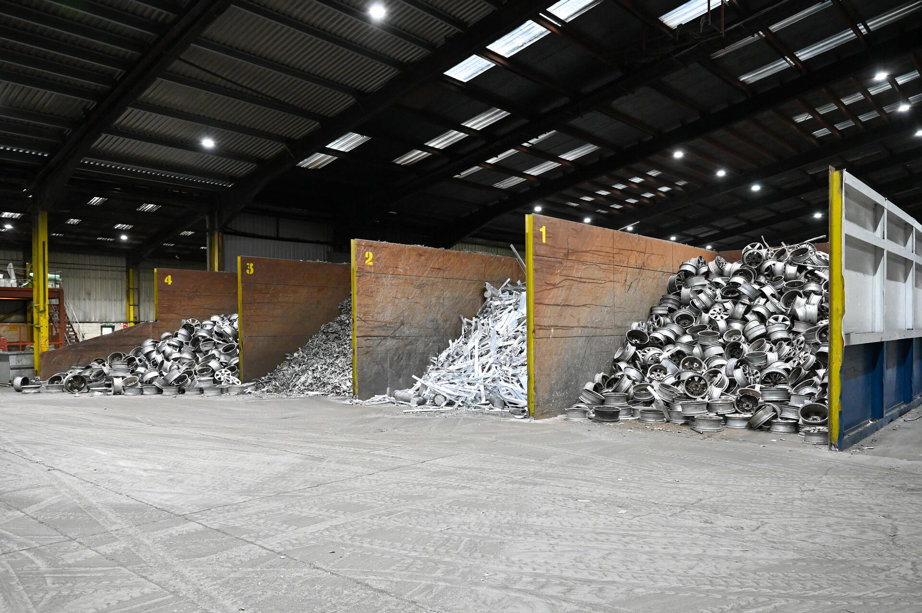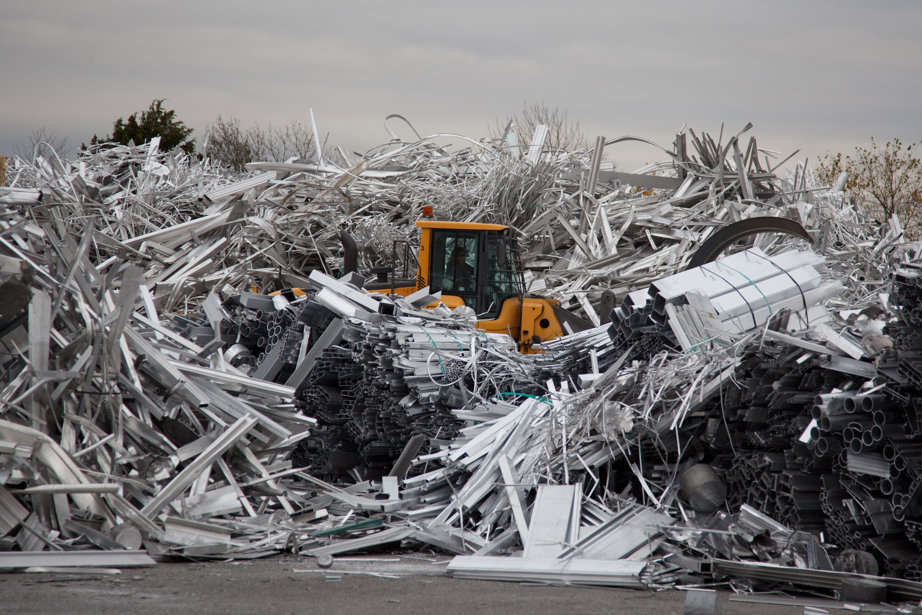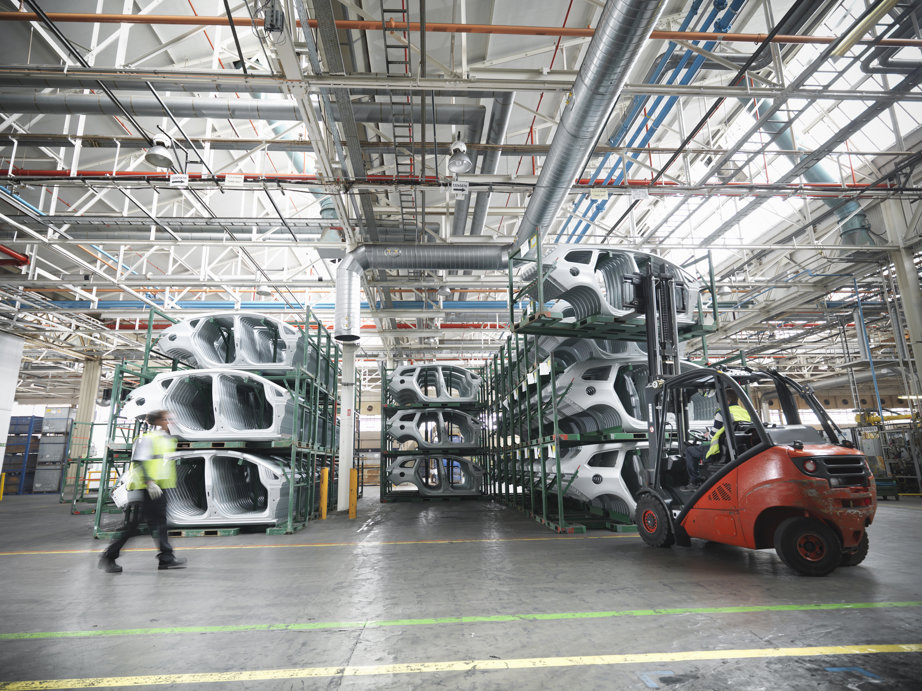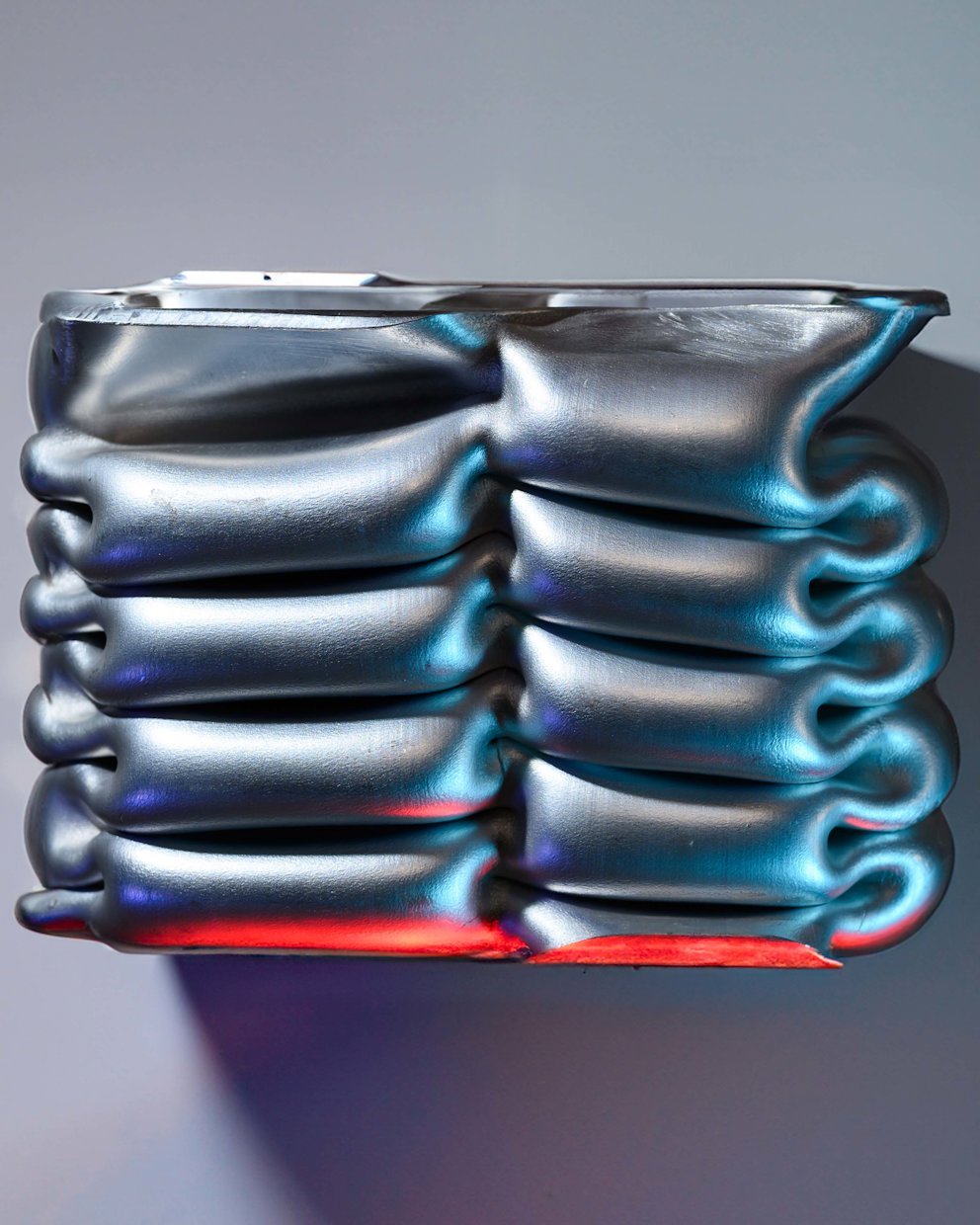Why? Because by balancing these objectives, they believe they can build vehicles that are more cost-effective than before, lighter, and which can improve the driving experience while meeting consumer demand for circular products. These materials come with an addition cost, but I believe this cost will over time be offset by all the values they offer, from meeting regulations to creating customer demand.
I truly believe that by choosing responsibly sourced materials, automotive companies will over time differentiate in a market where increasingly younger consumers will be demanding traceability and low-carbon production. Let me tell you why.

Part of my job is showing our customers that low-carbon aluminium can improve the ecological footprint of the vehicle, in the use phase and in the production phase of the car. It sounds like it should be an easy job, because the footprint of this metal is far less carbon-intensive than the aluminium average, and because its lightness creates substantial weight savings.
Further, one of my colleagues, Stig Tjøtta, writes that “the future of transportation depends on low-carbon, lightweight materials and cars that can be designed for a circular economy in order to achieve a low-emission transport industry.”
It is a strong statement, and I think he is right. I am receiving from automakers many more questions than before about the offering and the availability of low-carbon materials, and the good news is that we have these products. We have aluminium alloys tailored for automotive that are made with high percentages of recycled pre-consumer and post-consumer scrap aluminium, in increasing volumes.
The unfortunate news for some is that low-carbon and more sustainable materials come with a slight increase in cost.
Why low-carbon aluminium comes at a premium
The argument that has been true for many years that even the production of cars is a heavy burden on the environment, can now be challenged if better materials are sourced and used. We now can produce low-carbon and recycled aluminium in the volumes and in the specific alloys that cover the range and requirements of vehicle components and systems.
Nobody can yet produce a car with zero emissions from production, but with some recycled aluminium, we can remove up to 95% of the C02 emissions from the metal alone.
The work done to achieve this, however, requires a lot of work throughout the supply chain.
Unlike conventional materials, low-carbon aluminium carries a premium that reflects more than just its environmental credentials. The added costs are rooted in the extensive work that is required to qualify new supply chains, uphold responsible sourcing practice and ensure traceability – in addition to rigorous due diligence, including lifecycle assessments, third-party certifications, and audits to verify emissions data and ethical sourcing.

R&D also plays a pivotal role, because developing alloys that meet performance standards while reducing carbon intensity involves iterative testing, pilot programs, and collaboration with upstream partners.
I believe that we all play a role in telling this story. That it matters where and how cars are produced, and that we convey this to the end-consumers. In this way, it is important that the car manufacturers also spread this knowledge internally to their management and to their customers and explain that they, too, can make a choice when selecting a new car based on the production and material selection and sustainability credential of the manufacturer.
The cost of digging deeper into the aluminium scrap pile
Consider this: If all parts of the value chain are to operate in a responsible manner, pay decent wages, follow health and safety and environmental regulations and utilize R&D to develop greener products, then the end product will cost a bit more than the one that has been produced with no care for people or the planet.

These are the points we would like consumers to know, because producing these responsible products – premium low-carbon aluminium products, such as Hydro CIRCAL – requires additional processes and more effort. More than what the industry requires to produce, let’s say, traditional high-carbon aluminium.
It is what it is. Right?
That said, this is not just a talk about additional processes and carbon calculations and facts like that. We should also spend time discussing and communicating the points that touch us in the heart, about how reusing materials and reducing emissions can be powerful, that can make things better for my grandchildren and yours.
These are the things that allow us to explain why it is so critical for us to be able to dig deeper into the scrap pile – to use what is there. What we already have. This is the point about post-consumer aluminium scrap, which is what we need to mine, since recycling this material is the fastest way to zero emissions. Ultimately, the premium on low-carbon aluminium is not just a material cost – it’s the price of building a more transparent, resilient, and responsible supply chain. For sustainability and supply chain leaders, understanding and communicating this broader value proposition is key to driving internal alignment and long-term competitiveness.
And when you are reusing material that we already have, emphasizing circularity, and reducing emissions for the good of everyone on our planet, wouldn’t you say this is a small price to pay?









